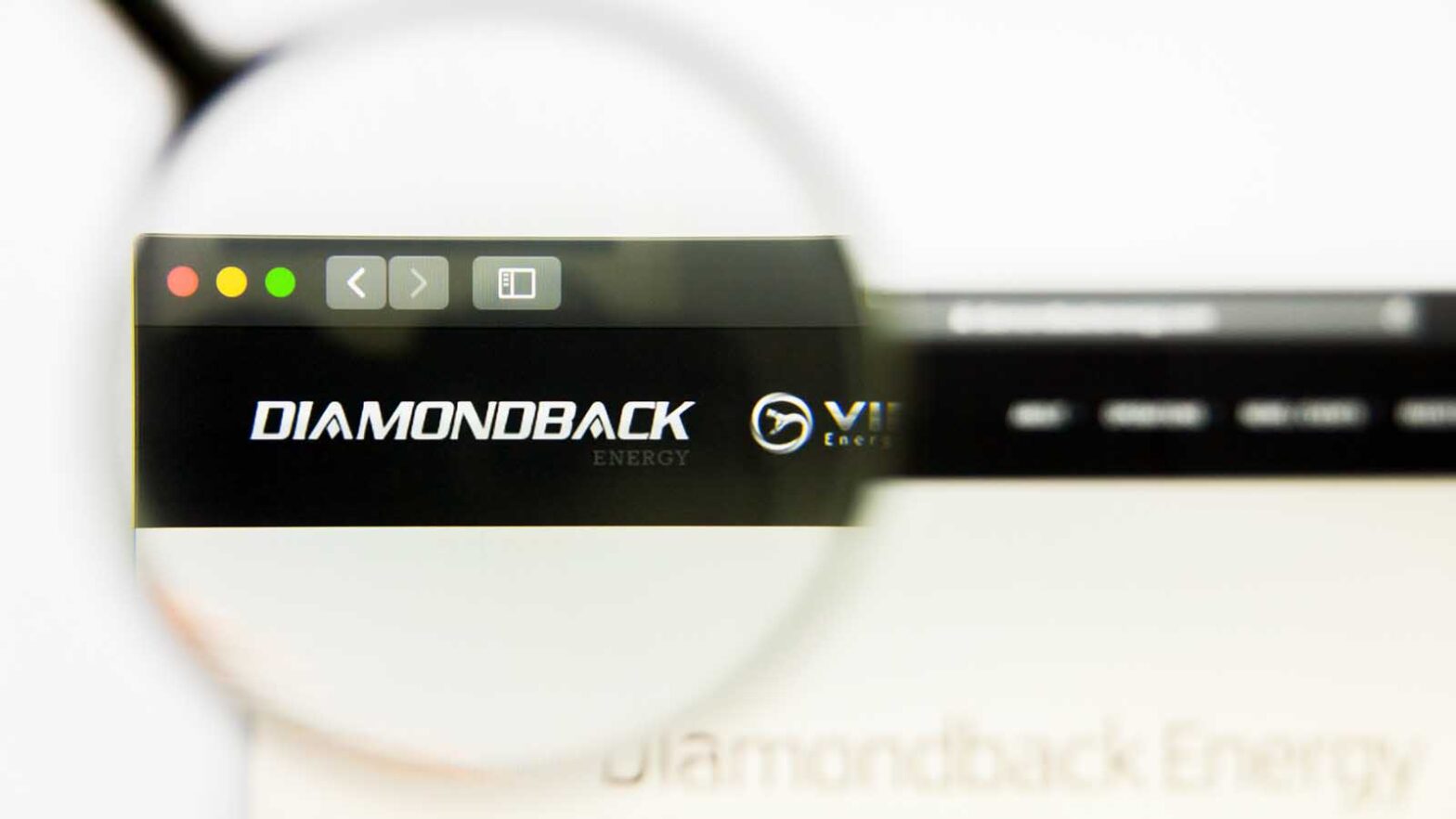Diamondback joined the oil patch merger mania by taking out Autry Stephens’ Endeavor Energy

Source: Pavel Kapysh / Shutterstock.com
Diamondback Energy (NASDAQ:FANG) stock rose after the oil producer said it would pay $26 billion for privately held Endeavor Energy.
The cash and stock deal, with Diamondback holding a majority stake, continues a trend of consolidation in the oil business around the heavily-fracked Permian Basin of west Texas and New Mexico.
Last fall Exxon Mobil (NYSE:XOM) said it will buy Pioneer Natural (NYSE:PXD) for $64.5 billion. Then Chevron (NYSE:CVX) bought Hess (NYSE:HES), for $53 billion.
FANG stock opened this morning at $160.24 per share, currently up over 5%.
Oil Patch Shrinkage
The deals now taking place in the oil patch are all seeking the same thing: higher dividend payouts to shareholders.
Exxon now offers a 95-cent/quarter dividend yielding over 3.7%. Chevron pays out $1.54 per quarter, a yield of 4.08%. The $2/quarter dividend at Diamondback yields 5.27%. In all these cases, the consolidation brings in proven reserves that can extend the life of those dividends.
The latest deal puts Diamondback on a par with Conoco Philips (NYSE:COP) in the region, producing 400,000 barrels of oil and equivalent per day.
Endeavor is run by 85-year-old Autry Stephens, who drilled his first well in 1979. It currently operates on 350,000 acres in the Permian Basin.
Other recent deals in the oil patch include Occidental Petroleum (NYSE:OXY) paying $10.8 billion for privately held Crownrock. APA (NYSE:APA) paid $4.5 billion for Callon Petroleum (NYSE:CPE). Chesapeake Energy (NYSE:CHK) is also merging with Southwestern Energy (NYSE:SWN) in the natural gas space.
FANG Stock: What Happens Next?
Expect more deals as oil producers with cash seek proven reserves that can generate income, pay down debt, and increase dividends. It’s a contrast to the last decade when many oil exploration companies went into bankruptcy.
As of this writing, Dana Blankenhorn did not hold (either directly or indirectly) any positions in the securities mentioned in this article. The opinions expressed in this article are those of the writer, subject to the InvestorPlace.com Publishing Guidelines.

